APPCA Presents Awards of Excellence at Personal Chef Summit at Stratford University
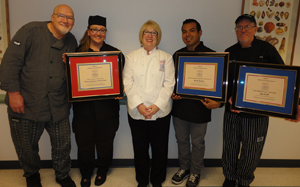 The American Personal & Private Chef Association (APPCA) recently honored four chefs with Awards of Excellence at the 2013 APPCA Personal Chef Summit at Stratford University in Baltimore.
The American Personal & Private Chef Association (APPCA) recently honored four chefs with Awards of Excellence at the 2013 APPCA Personal Chef Summit at Stratford University in Baltimore.
The following received recognition from Candy Wallace, founder and executive director of the APPCA, at the conference’s awards luncheon on Oct. 12:
- 2013 Career/Life Balance: Javier Fuertes, chef/owner, Fitchburg, Mass.-based The Dinner Maker serving central Massachusetts and southern New Hampshire
- 2013 Marketer of the Year: Jim Huff, chef/owner, Queens-based Traveling Culinary Artist serving metro New York and Nassau County
- 2013 Chefs of the Year: Dennis Nosko and Christine Robinson, co-owners, A Fresh Endeavor serving greater Boston
Following the ceremony, Wallace moderated a best-practices panel featuring the four award recipients, who shared their winning formulas for building successful personal-chef businesses with more than 50 conference attendees from throughout the nation.

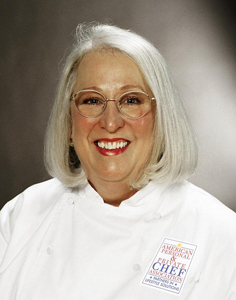 Why culinary teachers should consider operating a personal-chef business as an adjunct career. It’s not only for the additional income.
Why culinary teachers should consider operating a personal-chef business as an adjunct career. It’s not only for the additional income.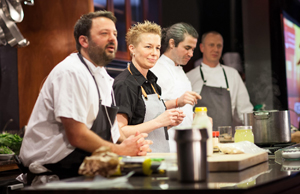 At this year’s Worlds of Flavor Conference at the CIA in the Napa Valley, presenting chefs from the best kitchens in Western Europe, Asia, Latin America and the United States stressed developing a sense of place in one’s cuisine.
At this year’s Worlds of Flavor Conference at the CIA in the Napa Valley, presenting chefs from the best kitchens in Western Europe, Asia, Latin America and the United States stressed developing a sense of place in one’s cuisine.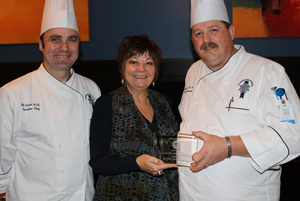 Annual dinner for national foodservice media, prepared by students, recognizes an exemplary professional U.S. culinary-arts program.
Annual dinner for national foodservice media, prepared by students, recognizes an exemplary professional U.S. culinary-arts program. 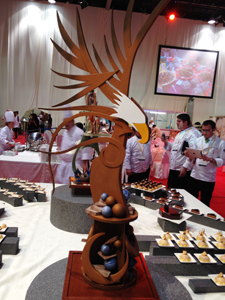 Several foodservice educators contributed to the American Culinary Federation’s chef team’s second-place win among 12 teams in Dubai.
Several foodservice educators contributed to the American Culinary Federation’s chef team’s second-place win among 12 teams in Dubai.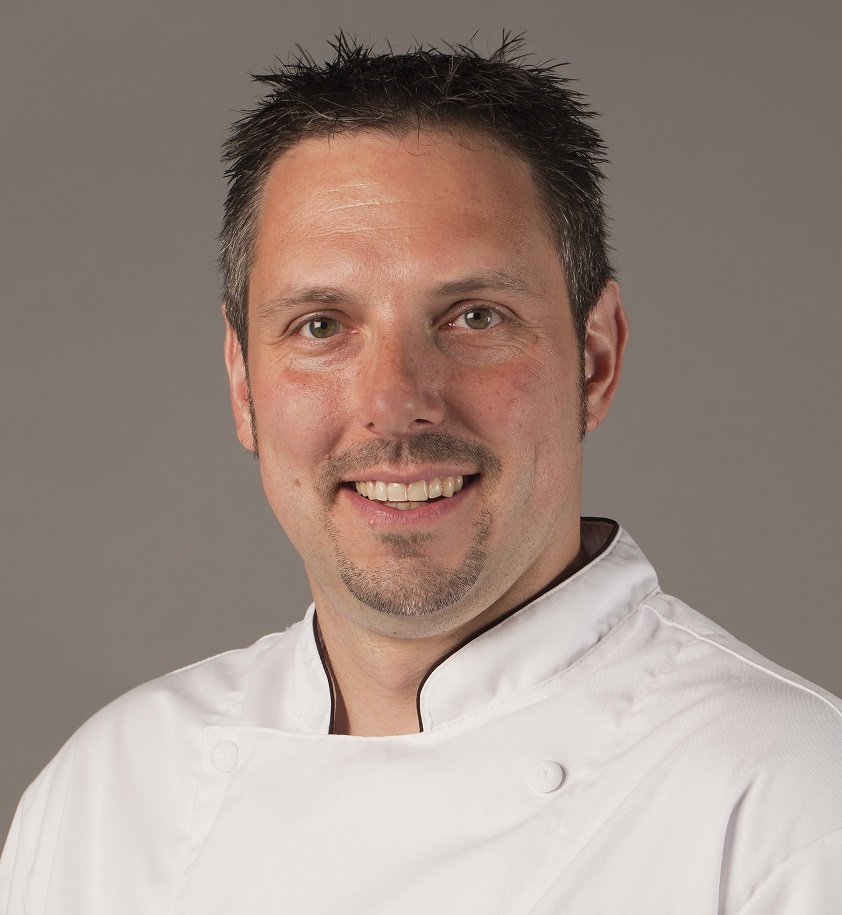 Chef Jason Ziobrowski of InHarvest inspires culinary grads of Victory Trade School.
Chef Jason Ziobrowski of InHarvest inspires culinary grads of Victory Trade School. Through the free videos he helps produce for Unilever, Steve Jilleba stresses the need among current and future cooks to understand culinary origins and the impulses that inspired authentic flavors around the globe.
Through the free videos he helps produce for Unilever, Steve Jilleba stresses the need among current and future cooks to understand culinary origins and the impulses that inspired authentic flavors around the globe. Through culinary and reflective journaling, students can become empowered to consider broadly and deeply what they are learning and what they need to do in the future. Your role is simply to encourage them to write.
Through culinary and reflective journaling, students can become empowered to consider broadly and deeply what they are learning and what they need to do in the future. Your role is simply to encourage them to write.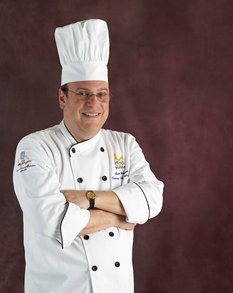 Give back, says Chef Weiner, and teach your students to, as well. Whether self-serving, altruistic or both, the many rewards—both personal and professional—far outweigh any inconvenience.
Give back, says Chef Weiner, and teach your students to, as well. Whether self-serving, altruistic or both, the many rewards—both personal and professional—far outweigh any inconvenience.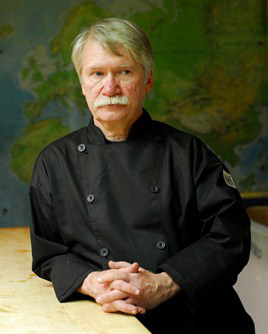 Graduates need to crawl before they walk and walk before they run. What are the skill sets that chefs and restaurateurs expect your students to have when they start their employment? Can your students meet those expectations?
Graduates need to crawl before they walk and walk before they run. What are the skill sets that chefs and restaurateurs expect your students to have when they start their employment? Can your students meet those expectations?